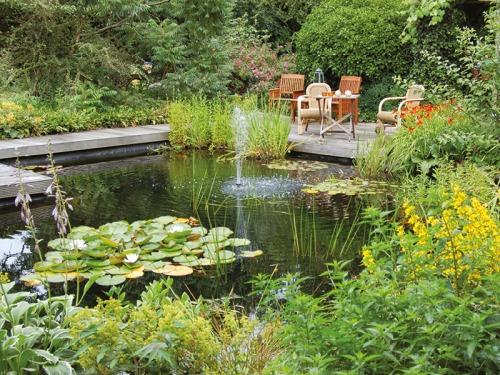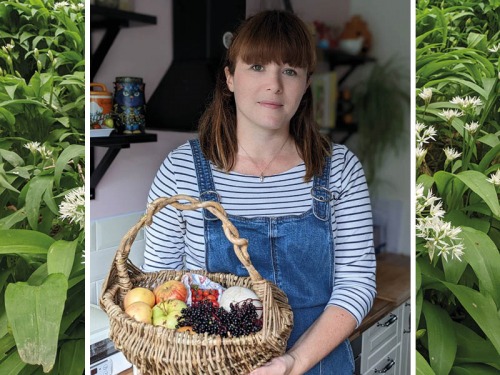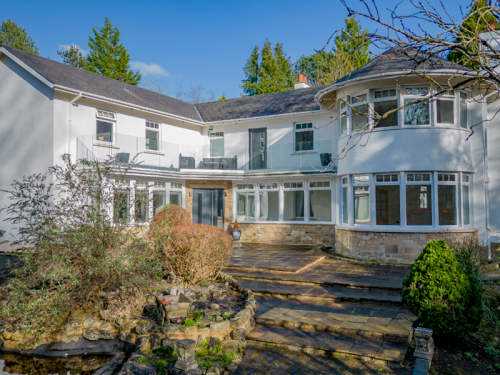Explore The Stunning Gardens of Seaton Delaval Hall
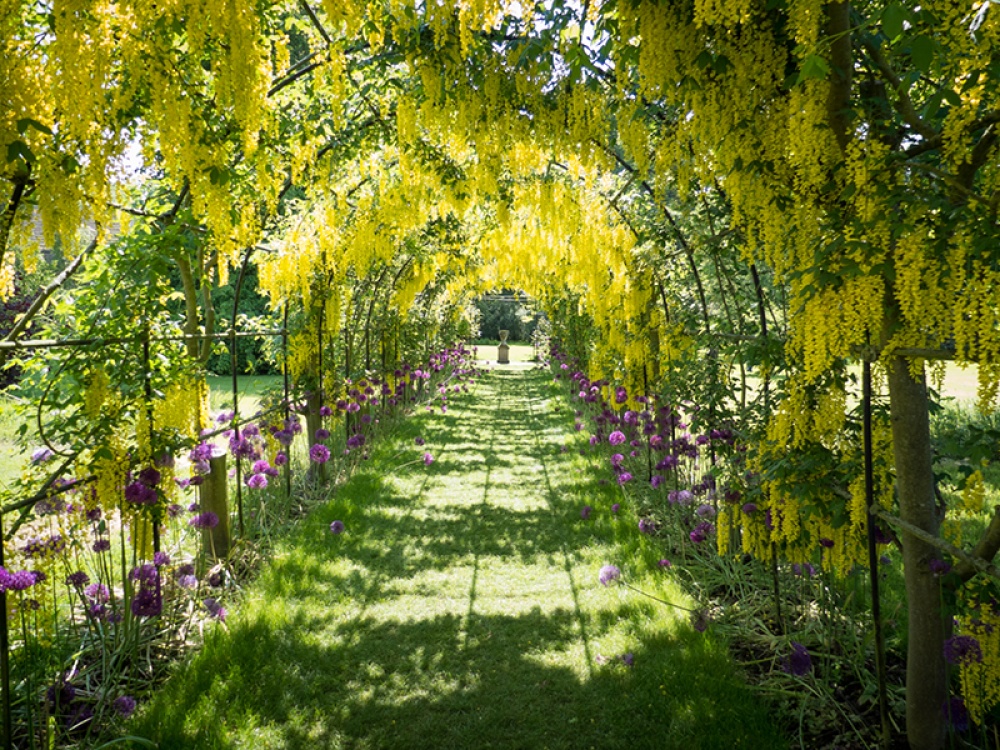
Spring is in full bloom at Seaton Delaval Hall - the perfect place to spend the day
Once home to the boisterous and fun-loving Delaval family, this Vanbrugh-designed jewel on the North East coast has recently undergone major renovations to restore it to its former glory. With the arrival of spring, we found out more about the impressive gardens at Seaton Delaval Hall, their upkeep, and how we can all enjoy the simple pleasures of a day spent outside.
With the laburnum arch and its hanging yellow candles flanked by purple alliums at their best mid-May, pink, lilac and white rhododendrons and pale orange azaleas in bloom in the arboretum and the herbaceous borders full of hellebores, camelia and forsythia, springtime is a fantastic time to visit.
The South East Garden, reimagined as part of the hall’s National Lottery Heritage Fund-supported Curtain Rises project and inspired by the 1781 estate plan, is a more relaxed affair where you’ll find the tranquil blues and whites of forget-me-knots and primula and lush green foliage surrounding the Dark Matter Cube and Mirror Cube installations. Soak up the views across the wider landscape from here as recent works have reinstated the paths and sight lines using Vanbrugh’s 1781 estate plan as inspiration. At the southern tip of the South East Garden, discover Lady Tyrconnel’s wildflower garden filled with daphne, osmanthus and magnolia and with a Tibetan cherry tree at its centre. It’s also where you’ll find The Oval, once the location for many a ‘gay Delaval’ party, it’s now the most peaceful spot for a picnic.
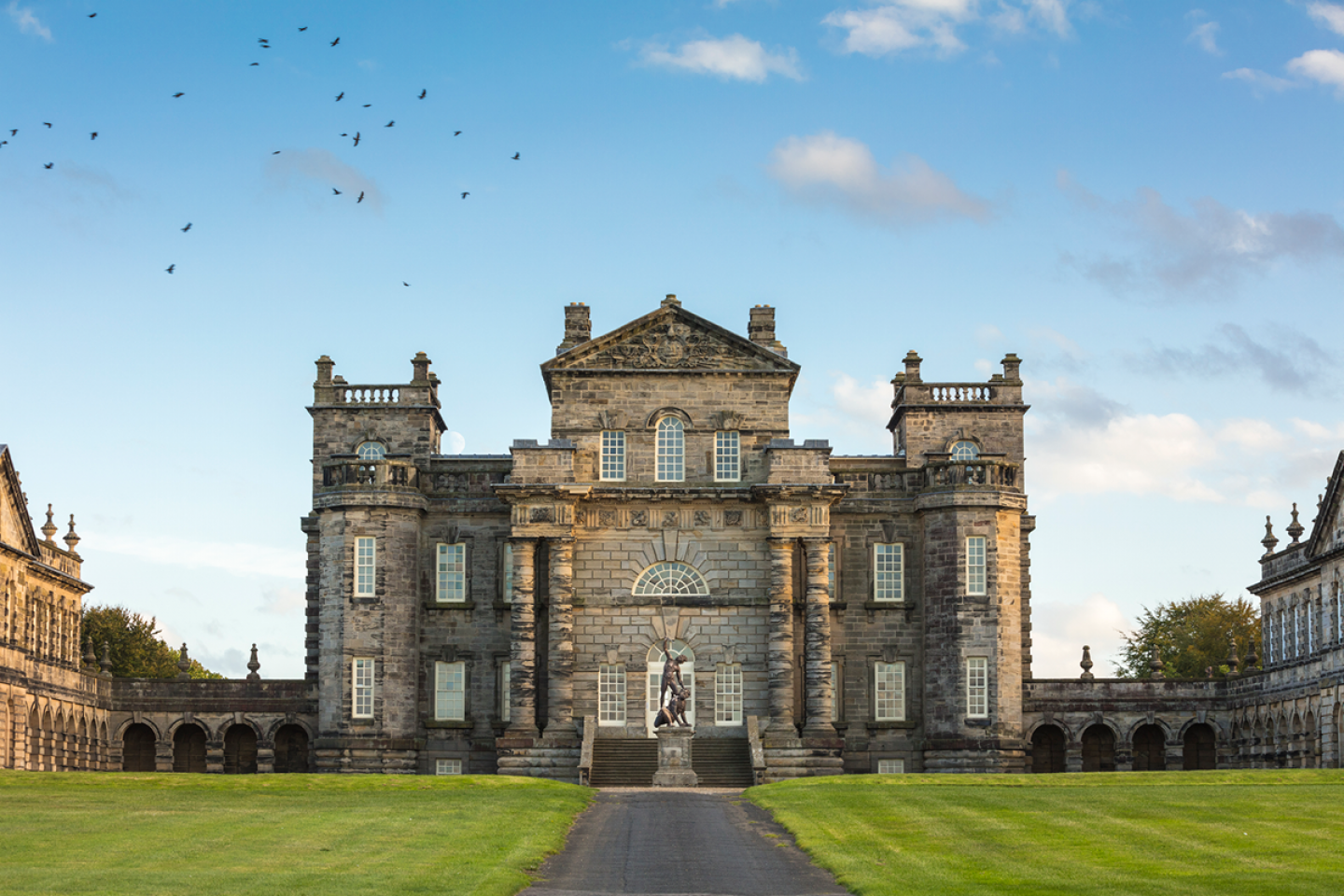
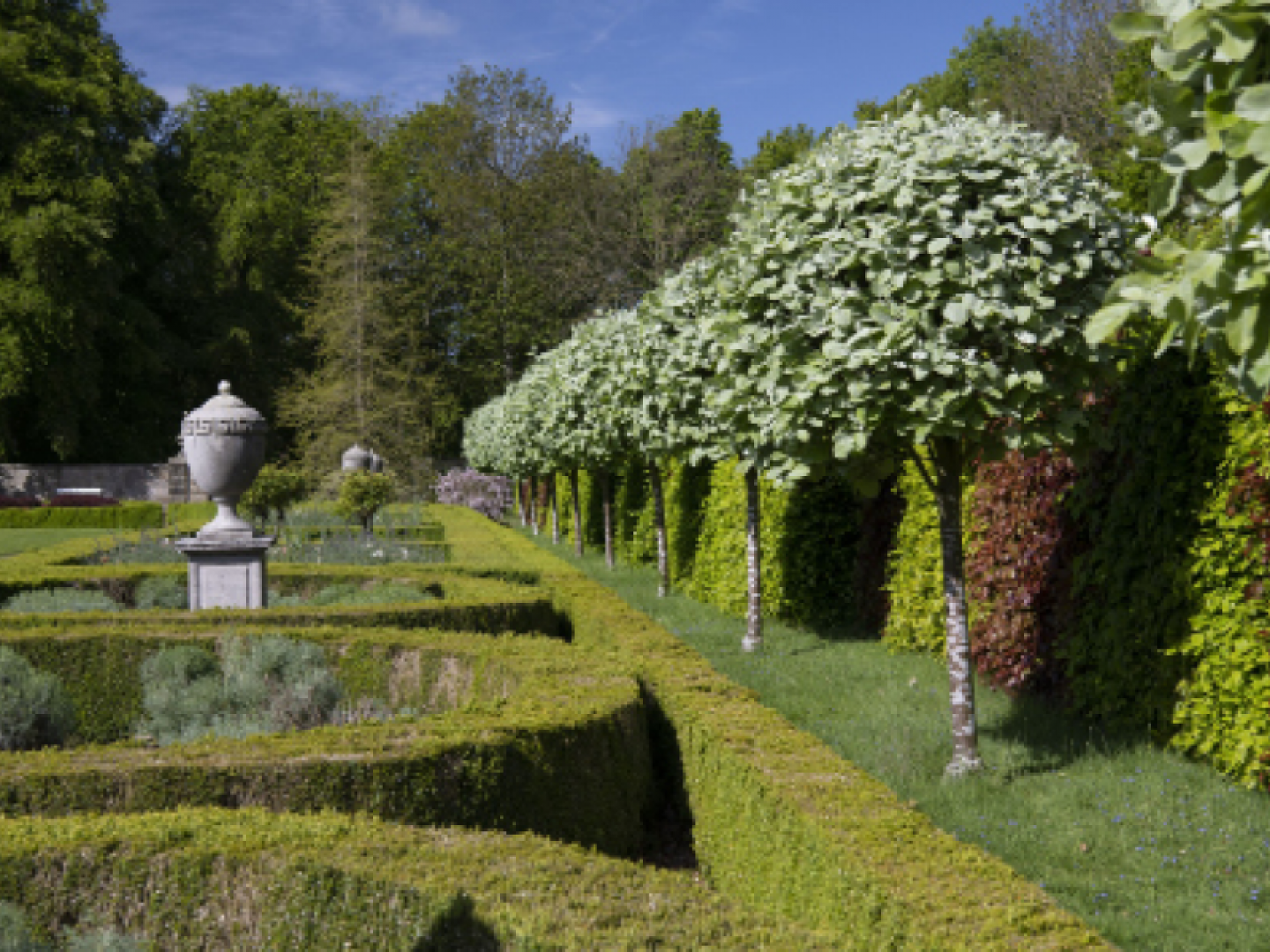
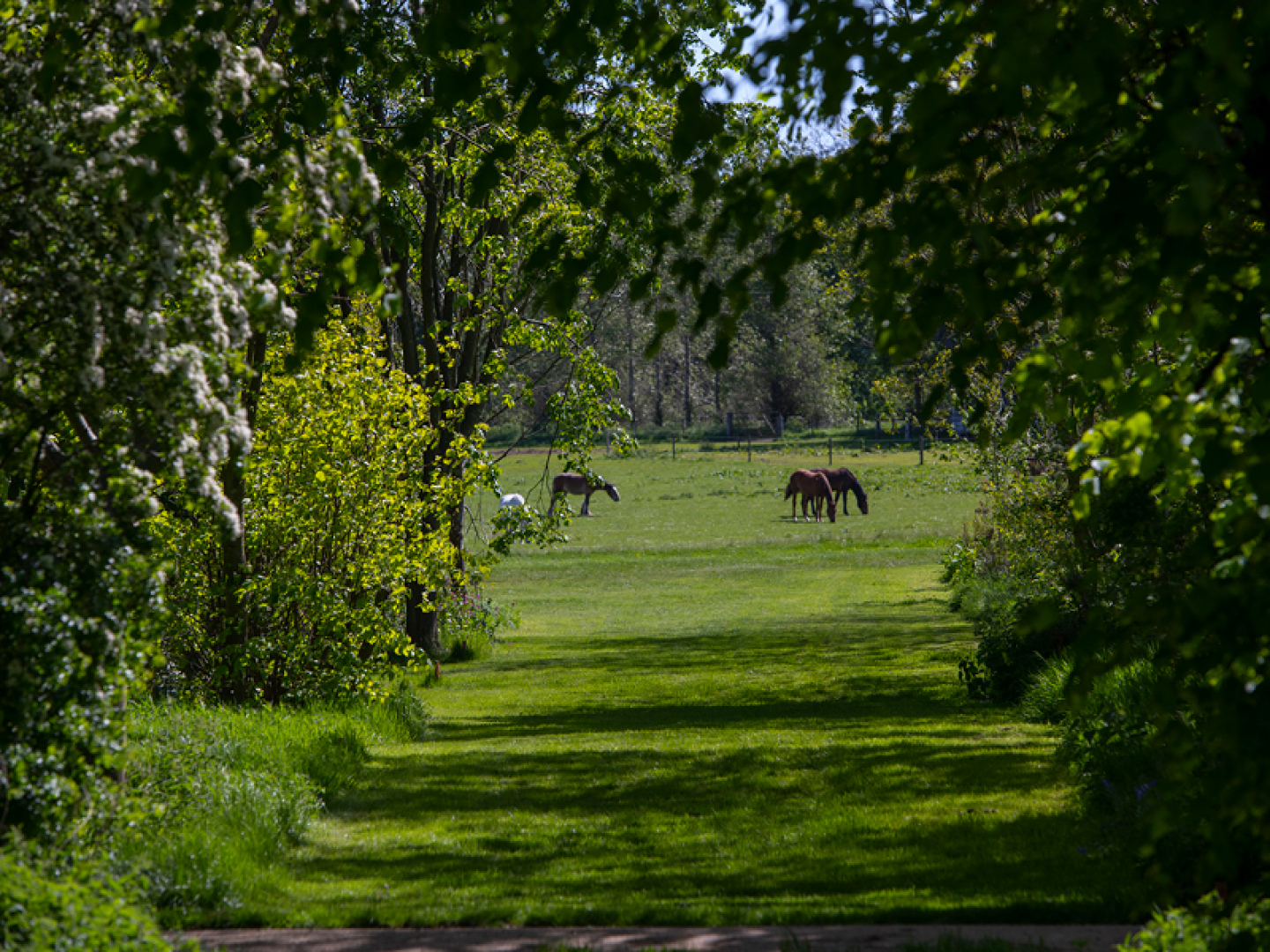
The formal Parterre was created between 1950 and 1953 and was the first large-scale commission for garden designer James Russell whose brief was to ‘Italianise’ the garden and who went on to become head gardener at Castle Howard. Beautiful at any time of year, you can enjoy the formal hedges, white beam lollipop trees, fountains, urns and standard roses.
But when it comes to maintaining a garden, any horticulturalist worth their compost will tell you it’s no small feat, and in the impressive gardens of Seaton Delaval Hall, Senior Gardener Sarah Peilow has her hands full year-round.
The gardens here have clearly been a labour of love, with different areas to enjoy with every changing season. The famous estate dates back to the 1700s and has had a tumultuous history to say the least, but the gardens are just as splendid as the hall. ‘We have what’s known as the formal gardens, which is a James Russell-designed garden with a box hedge and a big herbaceous border. Coming up in May, we’ve got the laburnum arch and rhododendrons in the arboretum which will be the main focus for attention visually, and our wisteria will also be flowering,’ Sarah explains. ‘Then the garden moves through into June and July with the herbaceous plants that come in and the Rose Garden too. That takes you right through into autumn, and we have some specimen trees in the arboretum like liquidambar. We’ve also planted autumn ‘atlas’ rosa and things that give good autumn colouring and are a bit more interesting.
‘Day to day, there’s a lot of hands-on gardening, with everything from weeding and pruning to grass cutting and planting seeds,’ she explains. ‘We’ve got a good core team of gardeners, and a large team of volunteers, so a lot of it is about setting the volunteers off each morning. It’s all very seasonal and they help us in carrying out whatever is on the schedule for that day.’
Upkeep in the gardens at Seaton Delaval is a full time job and for Sarah, the help of their volunteers is essential, especially with their upcoming plans for 2024. ‘They do everything from apple pruning, wisteria pruning and rose pruning, to general weeding and grass cutting. It varies from day to day and there’s never two days the same,’ she says.
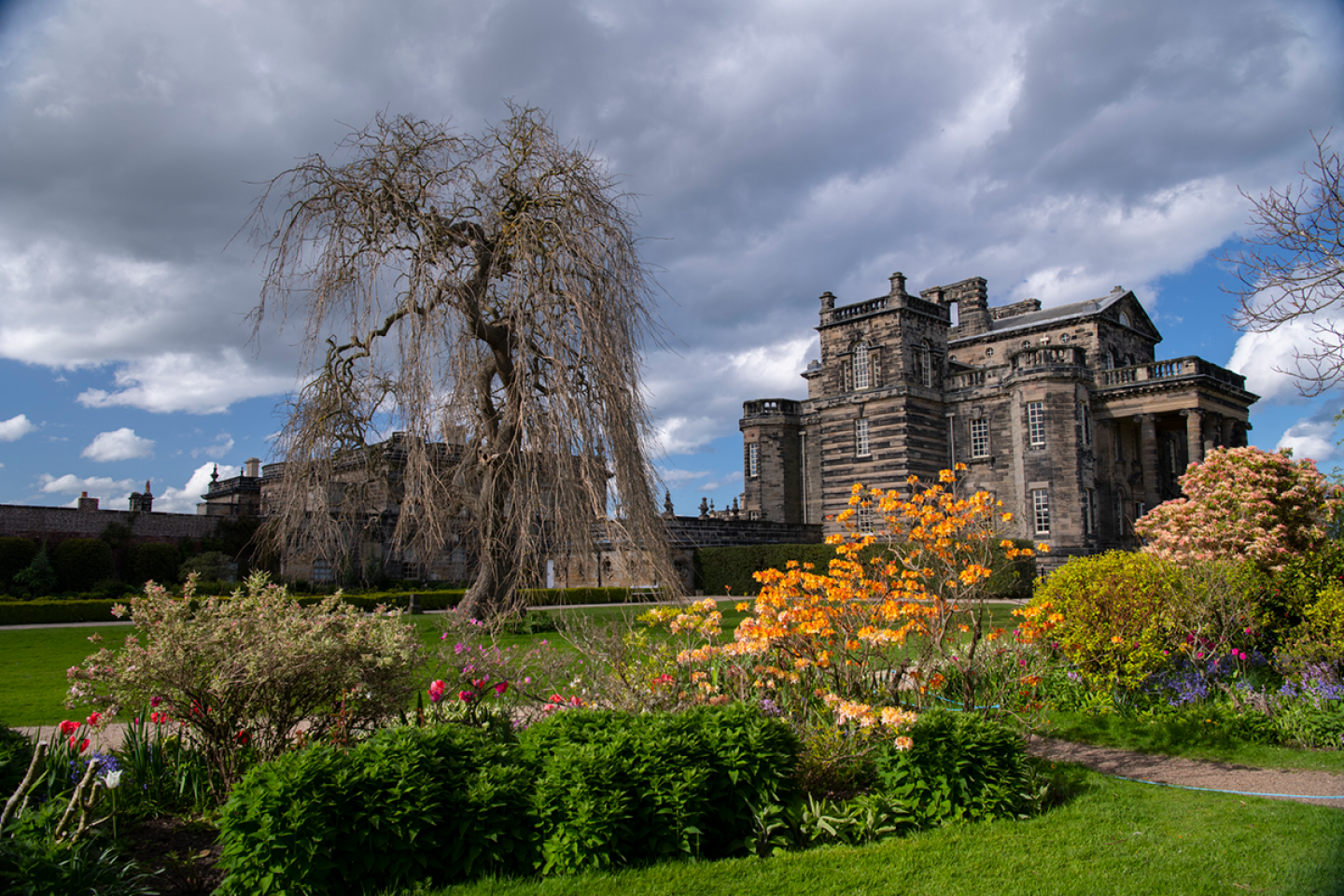
The saying ‘if you fail to prepare, you prepare to fail’ is one Sarah (and anyone with green fingers) knows the truth of only too well. ‘During March and April, it’s a lot of prep work for the incoming season,’ she explains. ‘We’re doing a lot of tidying up in the herbaceous borders, pruning our roses and we’ve just finished pruning the laburnum arch. It’s just about getting ready for the start of the real growing season when things start to take off. There’s a lot of tidying this time of year and getting yourself ahead. We have volunteers sowing seeds and we’re developing vegetable plots too – so we’re digging them over and mulching them and sowing the seeds. Things are ready for transplanting out once the weather improves a bit. It’s been a very challenging year with the climate, but that’s part of the joy, isn’t it?
‘For a lot of people, we’re known for our laburnum arch and the rhododendrons, but we actually have something all year around, even in the winter like the clean lines of the box and the branch structure of the lollipop trees. We’ve also lifted the wisterias so you can see the branch structure in the winter – they’re all twisted and gnarled and quite architectural.’
Besides the formal garden (which contains an Italian parterre, an arboretum and the spectacular laburnum arch), there are also the South East Gardens which were lost to time for a number of years and have been recently reimagined. ‘There was originally a garden there but it was lost over time. They’ve reinvented it with a more modern twist while still conserving the fact that there was a garden there,’ Sarah explains. ‘It’s quite informal, with a lot of woodland planting and two mirror features in it which reflect the gardens and make it look a lot bigger, showing off the planting to its fullest.’
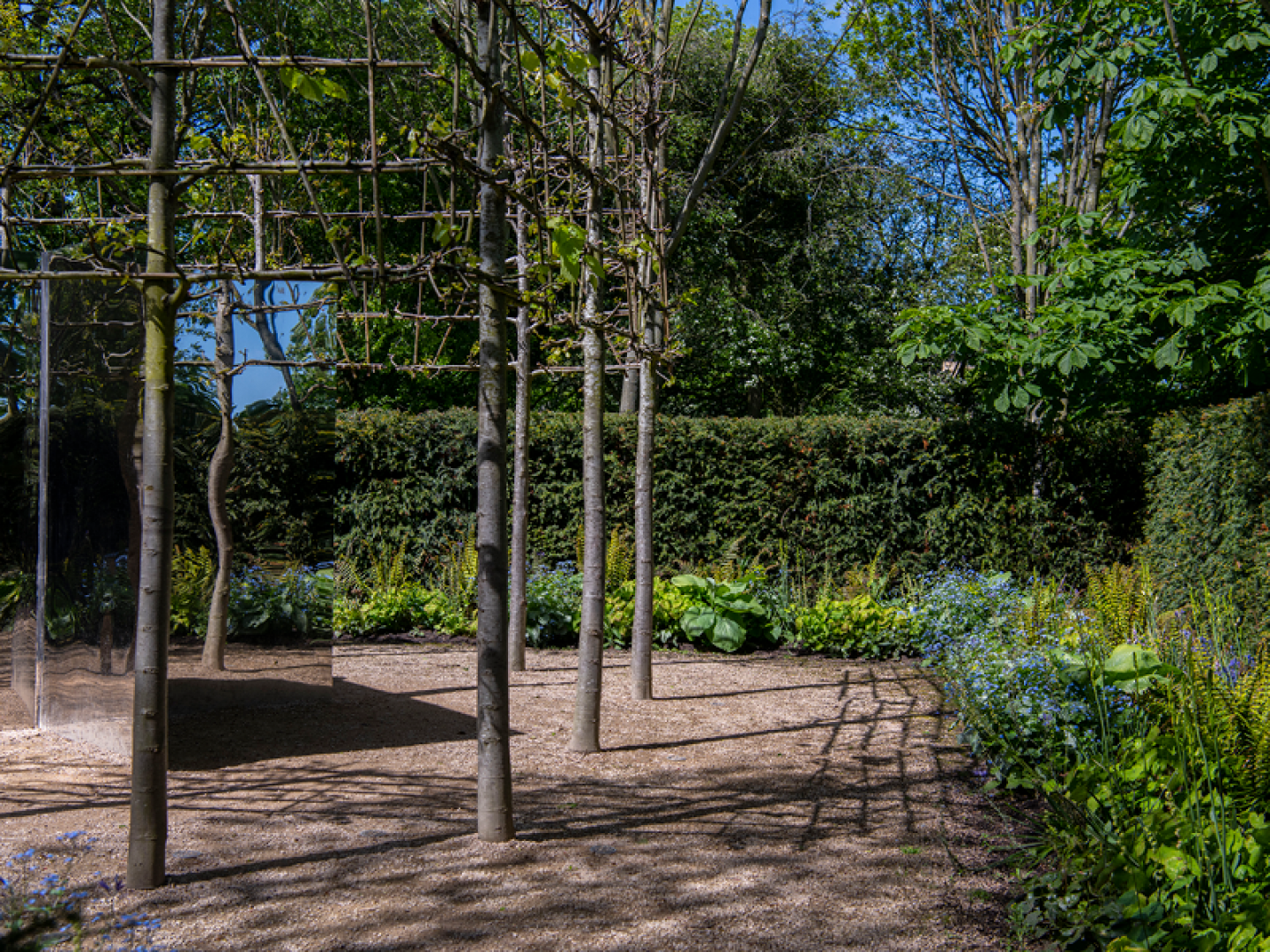
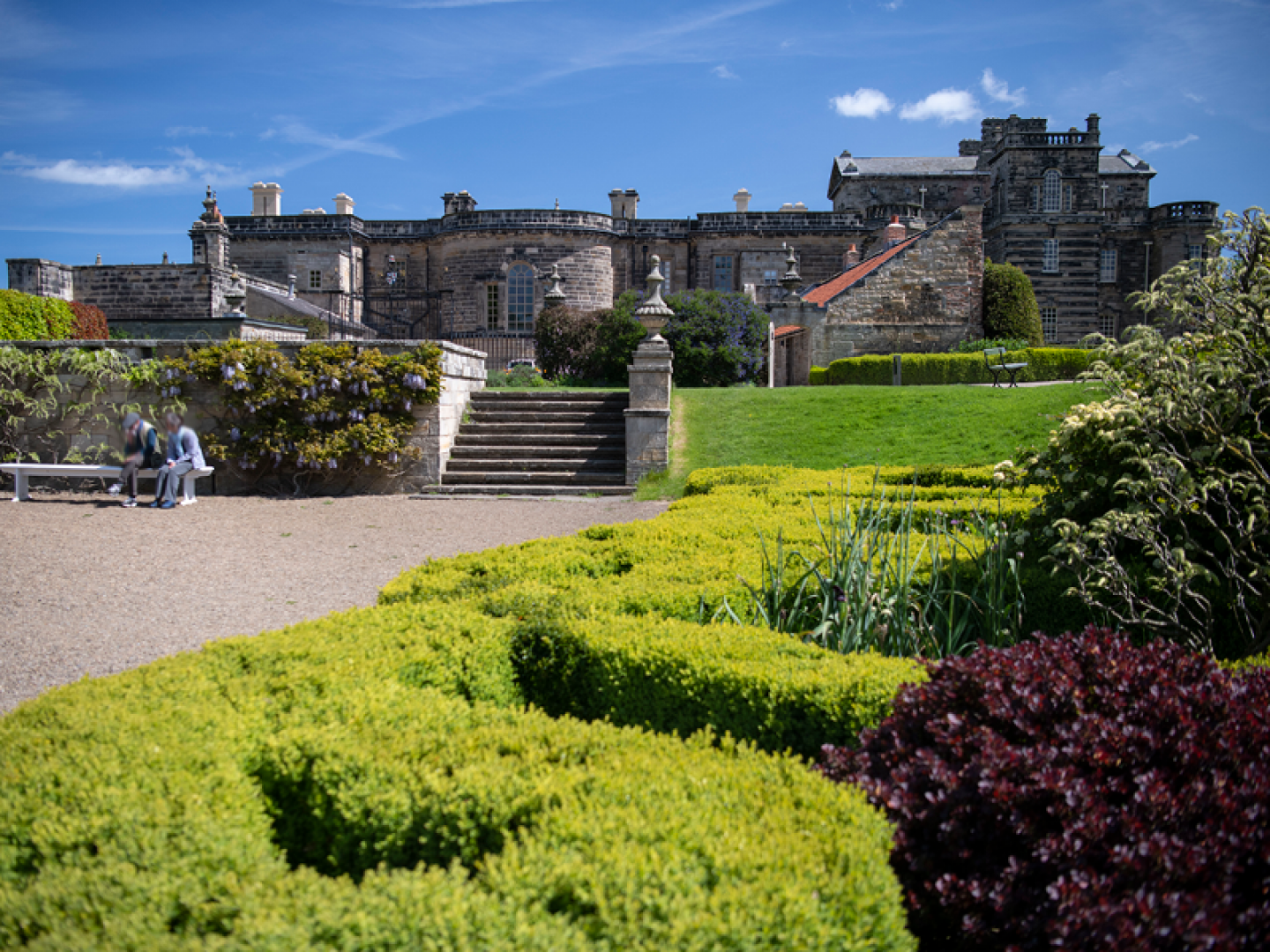
Approaching a plot of land and deciding how to make your mark on it can be a daunting prospect for anyone. Sarah’s approach? It’s all about intention and function. ‘You have to consider whether you want it to be practical or something more ornamental to look at. Whether you need areas for sitting, dining and outdoor living, or you have something that you’re just going to look out at,’ she says. ‘Then you look at your structured planting that’s going to give you height and interest, so it might be small trees, large shrubs and so on. I do like a nice crisp, clean lawn because it shows off your planting. I would fill it with herbaceous plants, but that’s my bag – things that last and last and provide you with nothing but colour and are very good for bees and butterflies, and bring nature into the garden.’
For Sarah and the team at the Hall, the future certainly looks bright. ‘Our biggest thing will be the conservation and redevelopment of the rose garden which is going to take it into the modern era, whilst being sympathetic to its original form and design. It will make it more accessible for everyone – you can get in amongst the planting rather than just looking at it – that’s the big thing on the horizon now.’
Sarah’s years of experience mean that when she says an area is special, you better sit up and take note. ‘I’ve been a career horticulturist from when I was 17 and I’ve worked in a variety of roles, from local authorities through to managing the public open space of housing developments,’ she explains. ‘I’ve always had an interest in historic gardens, so when the role came up here with the blend of the formal gardens and landscape, I jumped at the chance to apply.
‘I think it is the mixture of gardens that makes Seaton Delaval Hall special. The formal and the informal, and bringing the wider landscape and views, into the garden. You couldn’t put it all into words.’




